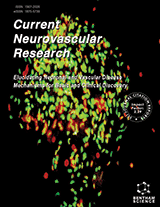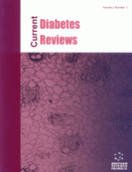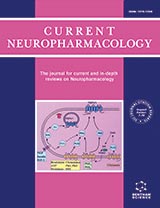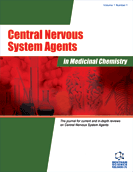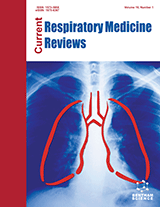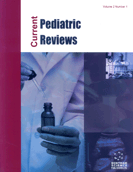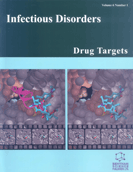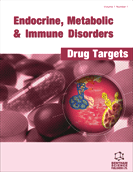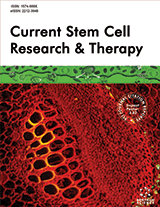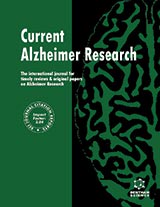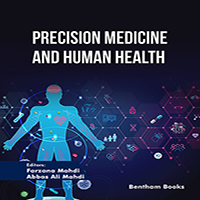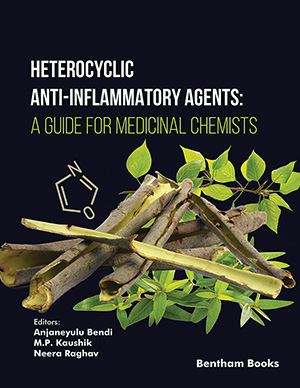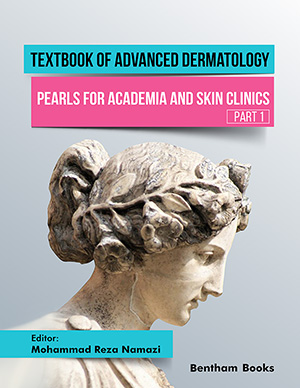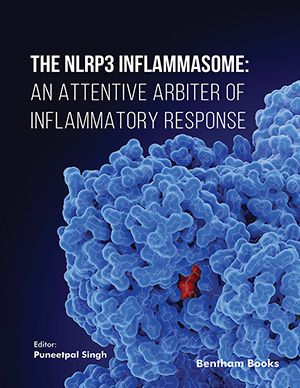Abstract
Neuroinflammation is presented in the acute phase brain damage as well as chronic diseases. Cells that are directly or indirectly involved in immune responses compose the central nervous system (CNS). Microglia are resident cells of the CNS and, as peripheral macrophages, are activated in presence of some cellular insult, producing a large number of cytokines and chemokines in order to remove toxins from the extracellular space. This activation can lead to a breakdown of the blood-brain barrier, production of reactive oxygen species that is involved in the progression of CNS damage as occurs in septic encephalopathy. Given the growing relevance of microglia in the area of neurotoxicology, we describe the role of microglia and the cellular mechanisms that activate these cells during sepsis. Thus, in this review we focused on the relationship between microglia and neuroinflammation associated with sepsis.
Keywords: Blood-brain barrier, CNS, encephalopathy, microglia, neuroinflammation, sepsis.
Current Neurovascular Research
Title:Neuroinflammation: Microglial Activation During Sepsis
Volume: 11 Issue: 3
Author(s): Monique Michels, Lucineia G. Danielski, Felipe Dal-Pizzol and Fabricia Petronilho
Affiliation:
Keywords: Blood-brain barrier, CNS, encephalopathy, microglia, neuroinflammation, sepsis.
Abstract: Neuroinflammation is presented in the acute phase brain damage as well as chronic diseases. Cells that are directly or indirectly involved in immune responses compose the central nervous system (CNS). Microglia are resident cells of the CNS and, as peripheral macrophages, are activated in presence of some cellular insult, producing a large number of cytokines and chemokines in order to remove toxins from the extracellular space. This activation can lead to a breakdown of the blood-brain barrier, production of reactive oxygen species that is involved in the progression of CNS damage as occurs in septic encephalopathy. Given the growing relevance of microglia in the area of neurotoxicology, we describe the role of microglia and the cellular mechanisms that activate these cells during sepsis. Thus, in this review we focused on the relationship between microglia and neuroinflammation associated with sepsis.
Export Options
About this article
Cite this article as:
Michels Monique, Danielski G. Lucineia, Dal-Pizzol Felipe and Petronilho Fabricia, Neuroinflammation: Microglial Activation During Sepsis, Current Neurovascular Research 2014; 11 (3) . https://dx.doi.org/10.2174/1567202611666140520122744
| DOI https://dx.doi.org/10.2174/1567202611666140520122744 |
Print ISSN 1567-2026 |
| Publisher Name Bentham Science Publisher |
Online ISSN 1875-5739 |
 100
100
- Author Guidelines
- Graphical Abstracts
- Fabricating and Stating False Information
- Research Misconduct
- Post Publication Discussions and Corrections
- Publishing Ethics and Rectitude
- Increase Visibility of Your Article
- Archiving Policies
- Peer Review Workflow
- Order Your Article Before Print
- Promote Your Article
- Manuscript Transfer Facility
- Editorial Policies
- Allegations from Whistleblowers
Related Articles
-
Meet Our Section Editor
Central Nervous System Agents in Medicinal Chemistry Multimodal Imaging for the Diagnosis of Massive Left Atrial Metastasis from Lung Cancer - A Case Report
Current Medical Imaging The Angiotensin Converting Enzyme 2 (ACE2), Gut Microbiota, and Cardiovascular Health
Protein & Peptide Letters Gene Therapy for Brain Cancer: Combination Therapies Provide Enhanced Efficacy and Safety
Current Gene Therapy Cyclodextrin Based Nanosponges: A Multidimensional Drug Delivery System and its Biomedical Applications
Current Drug Delivery General Anesthetics in Brain Injury: Friends or Foes?
Current Pharmaceutical Design Development of Polymeric Nanocarriers for Brain Targeted Delivery of Atorvastatin: A Quality-By-Design Approach
Drug Delivery Letters Natriuretic Peptide Testing in Primary Care
Current Cardiology Reviews Crystallography of Membrane Proteins, Major Targets in Drug Design
Mini-Reviews in Medicinal Chemistry Adult Stem Cell Transplants for Spinal Cord Injury Repair: Current State in Preclinical Research
Current Stem Cell Research & Therapy A<sub>3</sub> Adenosine Receptor: A Plausible Therapeutic Target for Cardio-Protection in Diabetes
Recent Patents on Cardiovascular Drug Discovery Alzheimer’s Disease and the Early Signs of Age-Related Macular Degeneration
Current Alzheimer Research Protein Kinase C Isozymes: Memory Therapeutic Potential
Current Drug Targets - CNS & Neurological Disorders Lithium, a Therapy for AD: Current Evidence from Clinical Trials of Neurodegenerative Disorders
Current Alzheimer Research The Impact of Dementia Development Concurrent with Parkinson's Disease: A New Perspective
CNS & Neurological Disorders - Drug Targets A Review on the Sex Differences in Organ and System Pathology with Alcohol Drinking
Current Drug Abuse Reviews Growth Inhibition of Human Non-Small Lung Cancer Cells H460 By Green Tea and Ginger Polyphenols
Anti-Cancer Agents in Medicinal Chemistry The Role of Glioma Microenvironment in Immune Modulation: Potential Targets for Intervention
Letters in Drug Design & Discovery Neuropeptides as Therapeutic Targets in Anxiety Disorders
Current Pharmaceutical Design Endothelin Receptors, Mitochondria and Neurogenesis in Cerebral Ischemia
Current Neuropharmacology


